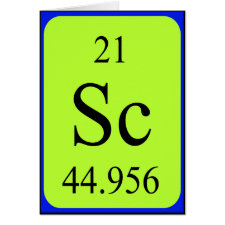
Authors: Safdarian M, Ramezani Z
Article Title: Rapid microwave-assisted distillation-precipitation polymerization for the synthesis of magnetic molecular imprinted polymers coupled to HPTLC determination of perphenazine in human urine.
Publication date: 2019
Journal: New Journal of Chemistry
Volume: 43
Issue: (1)
Page numbers: 48-57.
DOI: 10.1039/C8NJ05062G
Abstract: Microwave-assisted distillation-precipitation polymerization (MWDPP) for the synthesis of magnetic molecularly imprinted polymers (MMIPs) under atmospheric pressure is reported. The suggested synthesis methodology is fast and was performed in two steps. In the first step, methacrylic acid (MAA)-coated Fe3O4 (Fe3O4@MAA) was prepared under a nitrogen atmosphere for about 30 min at 60 ℃ using a maximum microwave power of 400 W. In the second step, the Taguchi orthogonal array was used to design experiments for optimization of the MMIP's synthesis at 82 ℃ (500 W), having considered sorption capacity for the template as the response. In Taguchi design, three factors including the amount of Fe3O4@MAA, the template to monomer ratio, and the MAA to cross linker ratio at three levels were considered. Under optimal conditions, MMIPs were synthesized in 60 minutes. Different microscopic, spectroscopic, and thermal methods were used to evaluate the MMIPs. The results illustrated the formation of mono-dispersed, highly-selective super paramagnetic MMIPs with a mean size of 13 nm, an adsorption capacity of 86.84 mg g-1, and an imprinting factor of 5.39 with fast adsorption and desorption kinetics for perphenazine (PPZ) as the template. Finally, the as-prepared MMIPs were used for pre-concentration and cleanup of PPZ in urine, without any treatment, coupled to high performance thin layer chromatography equipped with a photodiode array detector (HPTLC-PDA). Under optimized conditions, the calibration curve was linear in the range of 2.5-50 ng spot-1 (R2 = 0.9938) with the detection limit of 0.56 ng per spot-1. Parameters affecting the analytical performance of HPTLC were also optimized. A correction factor was introduced and compared with the internal standard to improve the precision and reliability of the HPTLC results. Spiked urine samples were analyzed after preconcentration. The HPTLC-PDA results were in good agreement with the corresponding high performance liquid chromatography coupled with photodiode array detection (HPLC-PDA) as a standard method
Template and target information: perphenazine, PPZ



Join the Society for Molecular Imprinting

New items RSS feed
Sign-up for e-mail updates:
Choose between receiving an occasional newsletter or more frequent e-mail alerts.
Click here to go to the sign-up page.
Is your name elemental or peptidic? Enter your name and find out by clicking either of the buttons below!
Other products you may like:
 MIPdatabase
MIPdatabase









